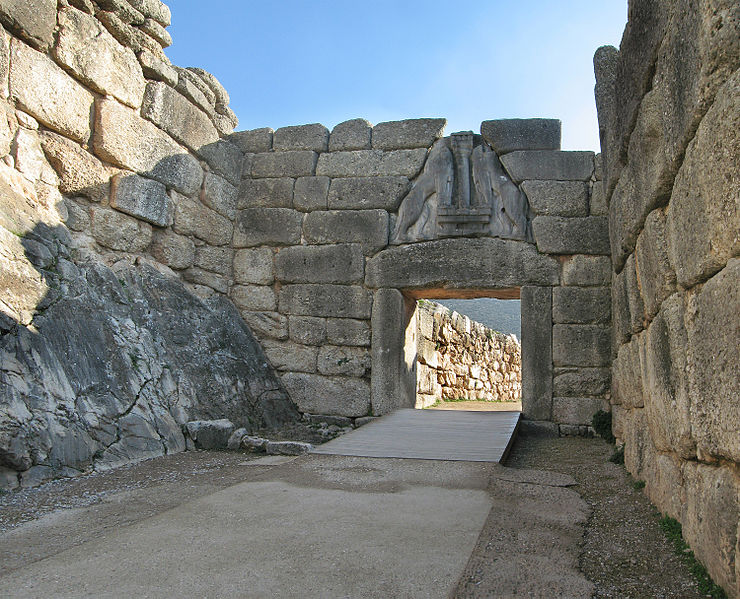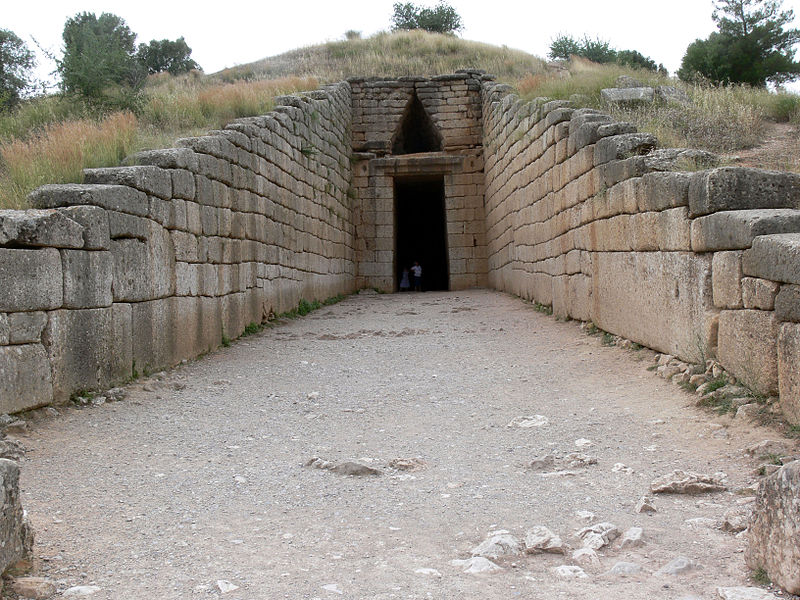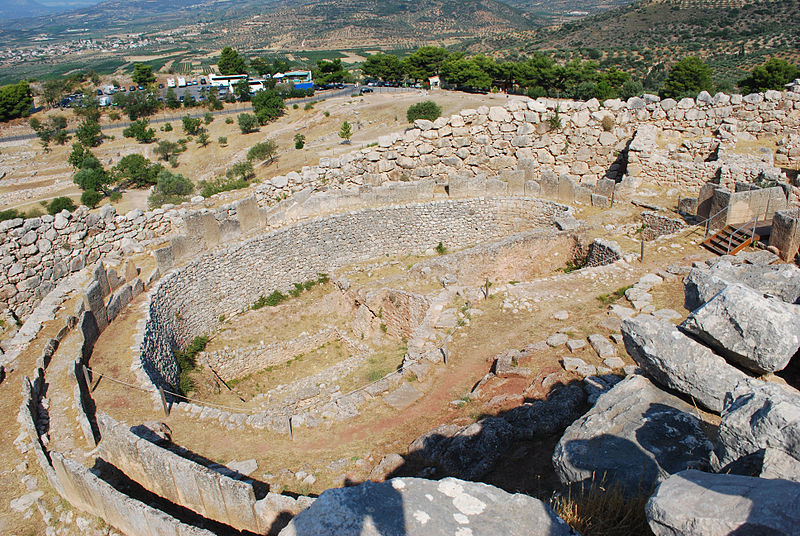Mycenae
Mycenae was important prehistoric city-state in Greece. The city itself was the center of power in the ages between 1600BC and 1100BC. Their influence was so powerful that spread to other city-states, such as Corinth, Tiryns, Pylos, Athens, Thebes and Orchomenos. They adopted their own culture and strict hierarchy political system. Mycenaeans even invented their own writing script, also known as linear B. Together, these city-states all had characteristics of now known as Mycenaean or Achaean civilization. Mycenaeans were known to be a militaristic society and their warriors were ever prepared for battle. They never surrendered to those who threatened them and always protected their cities, wealth and cultural treasures. The Mycenaeans were also amazing builders, advanced weapon makers and bold traders who retained and nurtured contact with other city-states from Europe and the Mediterranean. They also kept their stocks and transactions under close control.
They were known for using the Cyclopean stonework style, building highly fortified citadels on top of the hills, and were using large blocks of stones for building walls and huge blocks for entrances. It was believed that it is impossible for men to move such huge blocks and that the Cyclopes had built these entrances. Anyhow, at the highest point they had built a palace for their king. As for the people, there were two different classes. Apart from their King, who was political and religious leader, there was a ruling class and the other group of common people. The ruling class consisted of local chiefs who were responsible for economy and administrative duties and the head of the army who was responsible for safety of the city, training his men and recruiting new warriors. The lower class were either employed at the royal palace as servants or were self-employed in one of the city's economy branches.
It is believed that Mycenaean civilization was in decline in early 12th century BC when all the palaces in the southern Greece were burned and cities captured by Dorians, the Greeks from the north. People were forced to migrate constantly and old economic and social structures with the hereditary rule and strict class hierarchy were forgotten.
Myths of gods and heroes
Many Greek myths are closely related to Mycenae such as the life of Agamemnon, the king of Mycenae, labours of Heracles and the war with Trojans which is presented in Homer's Iliad. There is also a myth of Perseus in which he founded the city of Mycenae, after moving to Tiryns with his wife Andromeda.
Monuments of Ancient Mycenae
There were some fascinating works left behind in this ancient city. Apart from amazing walls built around the citadel, which is entertaining thing to see for itself, there are also the Lion's gate, Treasury of Atreus, also known as the Tomb of Agamemnon, and Circle grave A which was built inside city walls. There is also Circle grave B which was built outside the city walls.
Lion's gate

Symbolic entrance to the city
Treasury of Atreus

Also known as Tomb of Agamemnon
Circle grave A

27.5 m (90 ft) in diameter and consist six shafts for nineteen bodies